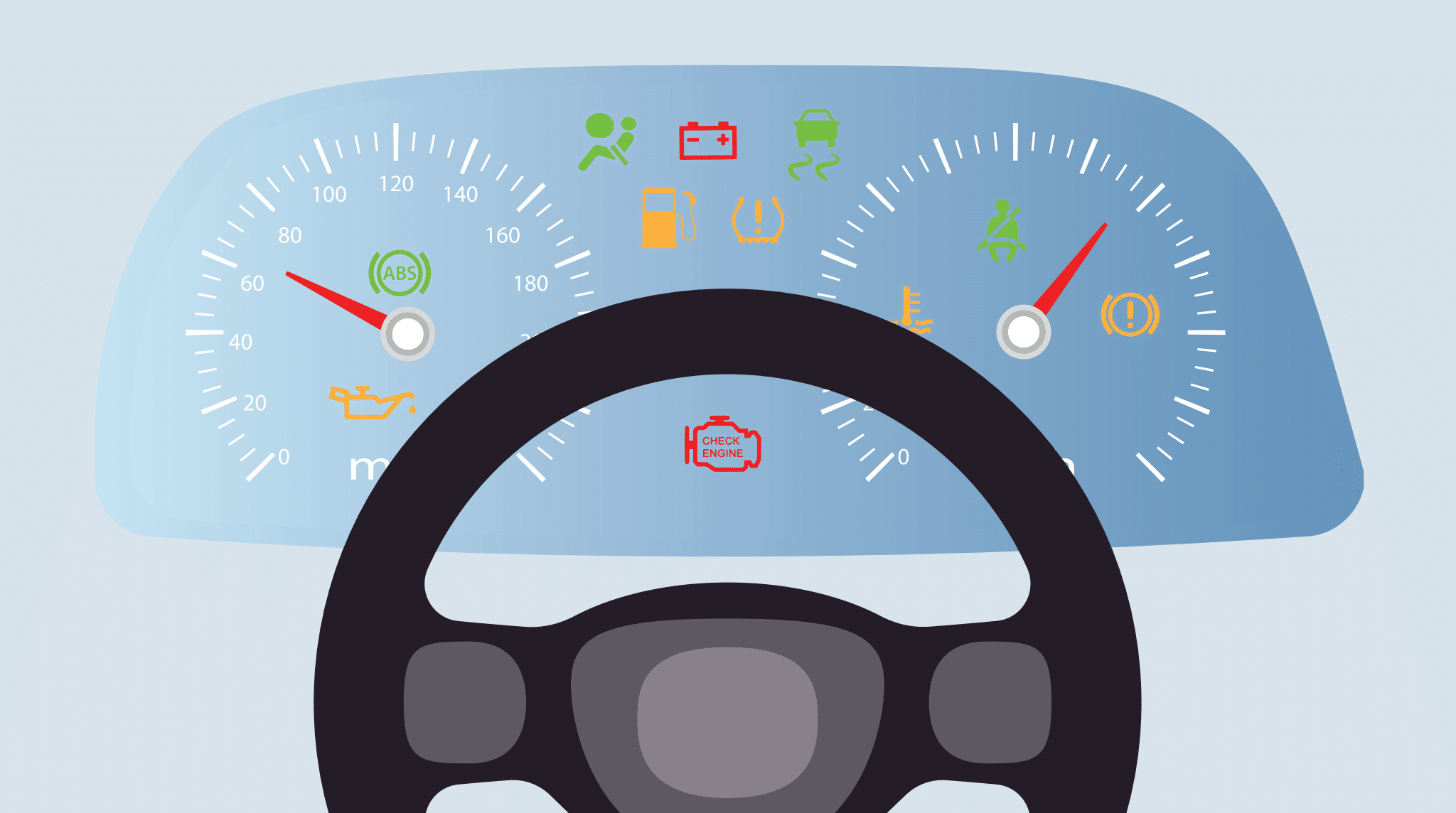A sudden dashboard warning light can ruin your day — but it doesn’t always equal a huge repair bill.
With so many complicated and interconnected systems in modern cars, it can be hard to know which lights are important and which can be dealt with later on.
Here are the most important warning lights, what they mean and which ones are serious issues.
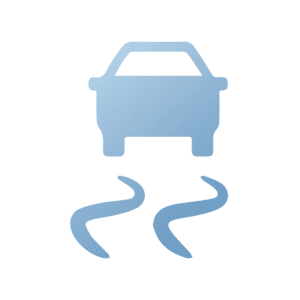
Traction control system
It’s hard to know what it means when a traction control warning light comes on. Sometimes, the light comes on when the traction control system is enabled and working, like during a thunderstorm. In other instances, the traction control, part of the stability control system, comes on because there’s a problem with it.
If the light stays on, take it to a mechanic.

Airbag light
If the airbag light comes on and stays on for a while, that may reveal a problem with the airbag system. You should take it to a mechanic because it could indicate that the airbag may malfunction during an accident.
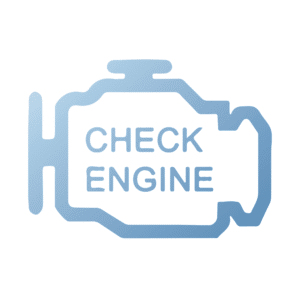
Check engine light
The check engine light can be one of the most stressful warning lights for car owners. It can indicate anything from a serious engine problem to a loose gas cap that you need to screw on tighter.
If the check engine light is flashing, this indicates a serious problem. You should pull over the car immediately and have it towed to a mechanic. If the light is steady, you should still take it to a mechanic as soon as possible and avoid driving long distances until then.
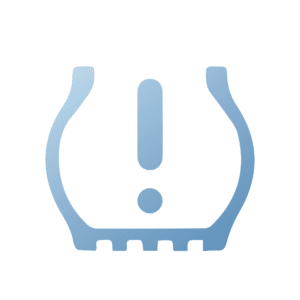
Tire pressure light
The tire pressure warning light means that your tire pressure is too low or too high. This is one of the simplest dashboard warning lights to deal with because you can easily fix it yourself.
When the light comes on, use a manual or digital tire pressure gauge to check the tire pressure. These usually cost less than $10. The ideal tire pressure should be listed on the tire itself, but most tires should be between 32 and 35 psi.
If the tire pressure is too high, let some of the air deflate. If the pressure is too low, then fill the tire up with air. If the tire pressure light keeps coming on, you may have a leak in your tires. In this case, you’ll likely need to get the tire patched or replaced.
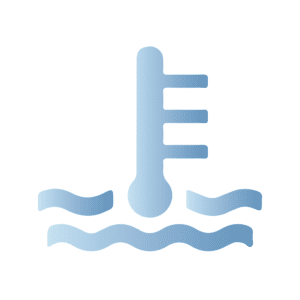
Engine temperature warning light
The engine temperature warning light, which is a red or yellow thermometer light, will come on if the car’s engine is overheating or if the coolant temperature is too high. When this happens, you should pull over immediately and have the car towed to a mechanic.
Driving with an overheated engine could be dangerous. Also, the longer you drive with an overheated engine, the more damage you can cause to the car. This may result in even costlier repairs. You may need to fix the coolant level in the car or need more extensive repairs.
Because there are many items that could be responsible for an overheated engine, it’s hard to estimate how much the repairs might cost.

Oil pressure light
The oil pressure warning light can reveal one of several different problems with your oil. You may have too little oil, dirty oil or your oil may be leaking. To check your oil level, pop the hood and check your oil manually.
Find the dipstick, which usually has a red or yellow handle. Remove the dipstick and wipe it on a rag. Then, put the dipstick back in and pull it out. If the oil residue is below the “add line,” then you’ll need to put more oil in the car.
If you have enough oil, you should check that the oil isn’t too dirty. The oil color should range from clear to light amber. If it’s darker than light amber, this can indicate that your oil is too dirty and needs to be changed.
If you have enough oil and the color is fine, then the oil pressure light may show you have an oil leak. To determine this, park your car for several hours and then move it. See if there’s a puddle. In some cases, you could still have a leak even if there isn’t a puddle. According to RepairPal.com, an engine leak inspection could cost you between $88 and $111.
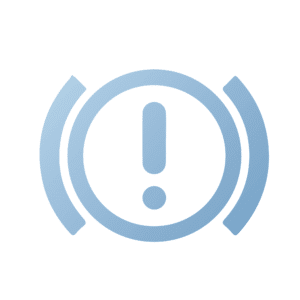
Parking brake light
If the parking brake light comes on, then that means the parking brake is engaged. But if the parking brake light comes on even though the parking brake is not on, then the switch may be broken or you may not have completely disengaged the parking brake.
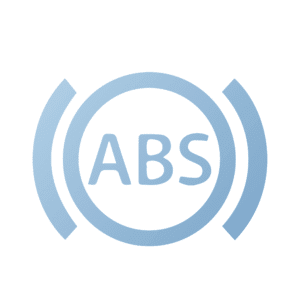
Anti-lock brake warning light
The anti-lock brake system (ABS) is responsible for preventing you from losing control over the car and preventing the brakes from locking up.
If the anti-lock braking system light comes on for a few seconds and then goes away, that’s normal. But if the light stays on, then you may need to have the ABS warning light examined. Diagnosing a problem with the ABS can cost between $80 and $101, not including any repairs that need to be made.

Battery light
The battery light coming on may indicate either a problem with the battery, with the charging system or with the alternator system. If the battery is the problem, pay attention to signs like the clock flickering, the radio not coming on or the power windows not rolling up or down.
Replacing the battery should fix the problem, and you don’t even need a mechanic to do it. You can have this done at a basic auto parts store, and the cost of a new car battery runs between $100 and $200.
If the problem is with the alternator and you need to replace it, that will cost between $568 and $737.


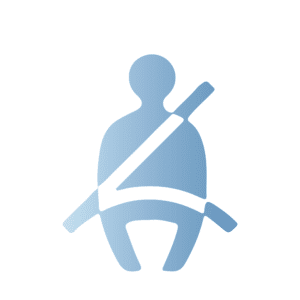
Seat belt light
When the seat belt light comes on, it means that a driver or passenger is detected not wearing their seat belt. Usually the light is accompanied by a loud beep that doesn’t stop until the person puts on their seat belt.
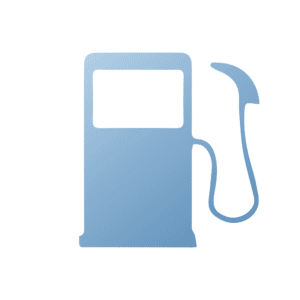
Low fuel light
The low fuel light is the most common – and usually the most easily rectified – warning light. When it comes on, it usually means you have between two or three gallons of gas left. You can solve this problem by driving to the nearest gas station and filling up.
If the low fuel light won’t go off and you just refilled your tank, the fuel sensor may need to be replaced. This repair is surprisingly expensive and can cost between $844 and $1,002.
Buy a Code Reader
When you take your car to a mechanic or auto parts store, they’ll use a code reader to see what the light means. But you can also purchase a code reader and use it yourself when a warning light turns on.
When you see the readout, search online for what the code means. This will help you determine if you need to visit a mechanic ASAP or if the problem can wait a few days.
Also, make sure to maintain your car by abiding by the regular maintenance schedule, like getting an oil change at the correct intervals. You can find this in the owner’s manual.
Monitor Your Car Dashboard Warning Lights
It can be tempting to ignore the dashboard warning lights, especially if you’re worried about a huge car repair bill. But looking the other way won’t save you any money. In fact, in some cases, the longer you wait, the more you’ll end up paying because the serious issue will just get worse. Take care of it as soon as possible and don’t let it linger.
About The Author
RateGenius
A better way to refinance your auto loan. RateGenius works with 150+ lenders nationwide to help you save money on your car payments. Since 1999, we've helped customers find the most competitive interest rate to refinance their loans on cars, trucks, and SUVs. www.rategenius.com
;)
